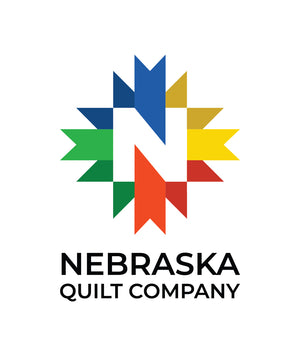Embroidery has been around for thousands of years, with evidence of hand-stitched designs dating back to ancient China, Egypt, and Mesopotamia. Early embroiderers used needles made from bone or metal, stitching intricate patterns into fabrics with silk, wool, or even gold thread. For centuries, embroidery remained a highly skilled, time-intensive craft, often reserved for royalty, religious garments, and decorative household items.
The Industrial Revolution in the 19th century changed everything. In 1828, Josué Heilmann, a French inventor, developed the first embroidery machine, allowing for a more efficient and consistent production of embroidered fabrics. While hand embroidery remained popular for personal and artistic expression, this invention paved the way for mass production.
By the mid-20th century, embroidery machines became more accessible, especially with the rise of computerized technology. The introduction of programmable embroidery machines in the 1980s and 1990s revolutionized the craft, making intricate designs possible at the push of a button. Today, modern embroidery machines can stitch complex patterns with multiple thread colors in minutes, something that would have taken hours (or days) by hand.
Despite all these advancements, hand embroidery hasn’t disappeared. Many crafters still enjoy the artistry and mindfulness of stitching by hand, while machine embroidery has opened up endless possibilities for quilting, monogramming, and commercial design. Whether you’re wielding a needle or programming a high-tech machine, embroidery continues to be a timeless blend of creativity and craftsmanship.

